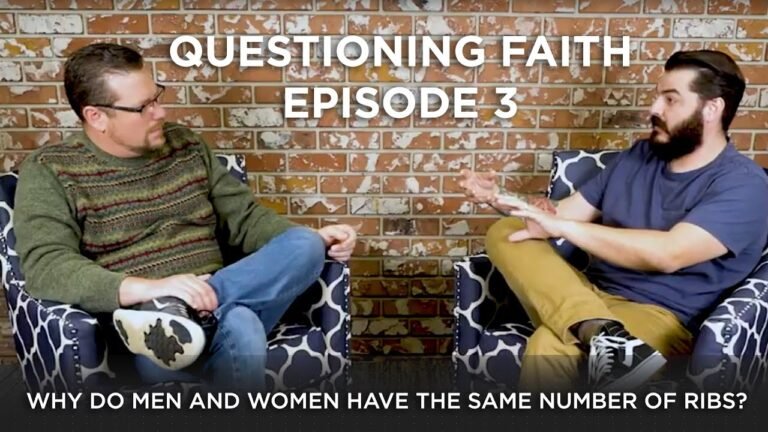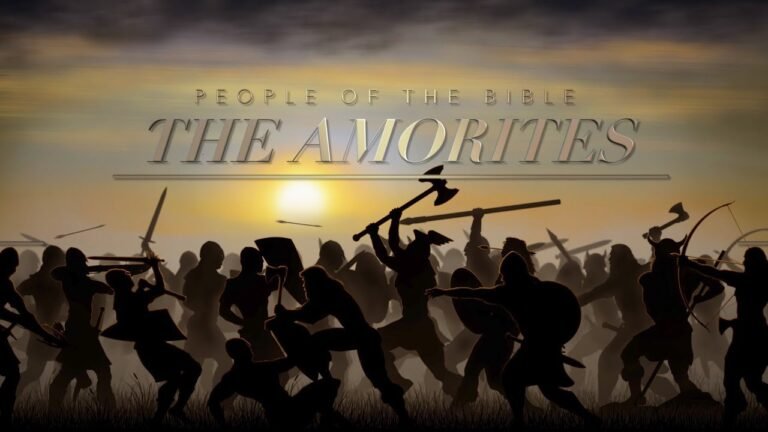Are Christian and Catholic the Same?
The terms Christian and Catholic are often used interchangeably, but they represent different aspects of faith within the broader spectrum of Christianity. While all Catholics are Christians, not all Christians are Catholics. This distinction raises important questions about beliefs, practices, and the diversity within the Christian faith. Understanding the nuances between these two terms can deepen our appreciation for the rich tapestry of religious traditions that shape the lives of millions around the world.
Are Christians and Catholics fundamentally the same?
Yes, all Catholics are Christians, but not all Christians are Catholics. Catholicism is a specific branch within Christianity.
What distinguishes Catholicism from Christianity?
Catholicism is a specific denomination within the broader umbrella of Christianity, characterized by its adherence to the teachings and authority of the Roman Catholic Church. This includes a belief in the Pope as the spiritual leader and the importance of sacraments, traditions, and rituals unique to Catholic practice. Catholics view their church as the ultimate authority on matters of faith and morality, providing a structured path for spiritual growth and community.
In contrast, Christianity as a whole includes a diverse array of beliefs and practices, ranging from Protestant denominations to independent believers who may not regularly attend church. This wider spectrum allows for a more personal interpretation of faith, where individuals can foster their relationship with Christ outside of traditional church settings. Therefore, while all Catholics are Christians, not all Christians identify as Catholics, highlighting the rich tapestry of beliefs within the Christian community.
What makes Catholicism a branch of Christianity?
The term “Christian” has its origins in the early followers of Jesus, who, shortly after His Resurrection, began to identify themselves by this name, as noted in Acts 11:26. This self-identification marked the beginning of a community united in faith and purpose, dedicated to spreading the teachings of Christ. As the movement grew, it became apparent that a universal Church was emerging, one that sought to encompass all believers in Christ.
By the close of the first century, the word “catholic,” meaning “universal,” was used to describe this burgeoning Church. This designation highlighted the inclusivity and continuity of the faith, which can be traced directly back to Christ Himself. Therefore, the Catholic Church proudly embodies the essence of Christianity, serving as the original and enduring expression of the faith that has transcended time and geography.
What distinguishes Catholic crosses from Christian crosses?
The symbols of faith in Christianity are rich and varied, with the cross and the crucifix standing out as the most recognizable. While both are representations of Jesus Christ’s sacrifice, they convey different messages and are used in different religious contexts. The cross, a simple geometric design, signifies the resurrection and the hope of eternal life, making it a favored symbol among Protestant denominations.
In contrast, the crucifix is a more detailed depiction that includes the figure of Jesus nailed to the cross. This poignant image serves as a reminder of the suffering and sacrifice that Christ endured for humanity’s salvation. It is primarily associated with the Catholic and Orthodox traditions, where the focus on the crucified Christ emphasizes the depth of His love and sacrifice.
These distinctions highlight the diverse beliefs and practices within Christianity. While both symbols share a common origin, their usage reflects varying theological emphases and interpretations of Christ’s significance, shaping how believers express their faith and contemplate the meaning of sacrifice and redemption in their lives.
Unpacking Beliefs: Christian vs. Catholic
The distinction between Christian and Catholic beliefs often lies in their interpretations of faith, tradition, and authority. While all Catholics are Christians, not all Christians are Catholics. Catholicism, as a branch of Christianity, places significant emphasis on the sacraments, the authority of the Pope, and the tradition of the Church, which shapes its followers’ understanding of salvation and community. In contrast, many Protestant denominations prioritize personal faith and direct access to God, often interpreting the Bible as the sole authority without the need for ecclesiastical mediation.
At the heart of these differences is the approach to scripture and tradition. Catholics uphold a combination of the Bible and sacred tradition, believing both are essential to understanding God’s will. Many other Christian groups, however, advocate for “sola scriptura,” asserting that the Bible alone is sufficient for guiding faith and practice. This fundamental divergence influences worship styles, theological interpretations, and the overall experience of faith, reflecting the rich tapestry of beliefs that shape the Christian landscape.
Faith Foundations: Understanding the Differences
Faith is a deeply personal journey that shapes our understanding of the world and our place within it. Different belief systems offer unique perspectives on existence, morality, and purpose. By exploring these diverse foundations, we can appreciate the rich tapestry of human experience that transcends cultural and geographical boundaries. This understanding fosters empathy and encourages dialogue among individuals from various backgrounds, allowing for a more harmonious coexistence.
At the core of many faith traditions lies a common quest for meaning and connection. While the practices and doctrines may differ, the underlying values often emphasize compassion, integrity, and the pursuit of truth. Recognizing these shared principles can bridge divides and encourage mutual respect. It is essential to approach conversations about faith with an open mind, as this willingness to learn can lead to personal growth and a deeper appreciation for others’ beliefs.
Ultimately, understanding the differences in faith foundations empowers us to engage thoughtfully with the world around us. By acknowledging the diversity of spiritual expressions, we can cultivate a sense of belonging that extends beyond our individual beliefs. This journey toward understanding not only enriches our own lives but also nurtures a more inclusive society, where dialogue and cooperation flourish in the pursuit of common goals.
Beyond Labels: A Closer Look at Christianity and Catholicism
Christianity and Catholicism, often perceived as synonymous, embody a rich tapestry of beliefs and traditions that deserve a closer examination. At their core, both share a foundational belief in Jesus Christ as the Son of God and the savior of humanity. However, the Catholic Church, as the largest Christian denomination, distinguishes itself through its unique practices, doctrines, and the authority of the Pope. This intricate hierarchy and the emphasis on sacraments, such as the Eucharist and confession, create a distinct identity that sets Catholicism apart from other branches of Christianity.
Exploring these differences reveals not only theological divergences but also the cultural and historical contexts that have shaped each tradition. While Protestant denominations may prioritize personal interpretation of scripture and a direct relationship with God, Catholicism emphasizes the importance of communal worship and the role of tradition. This interplay of faith and practice highlights the diverse expressions of Christianity, encouraging a deeper understanding that transcends simple labels. As we delve into these complexities, we uncover a shared devotion that unites believers while celebrating the unique paths they traverse in their spiritual journeys.
Common Ground or Divergence? Exploring the Two Faiths
In a world marked by diverse beliefs, the interplay between two prominent faiths reveals both common ground and significant divergence. At the heart of these religions lies a shared pursuit of meaning and purpose, emphasizing values like compassion, justice, and community. Followers often engage in rituals that foster connection, whether through prayer, meditation, or communal gatherings, signaling a universal human desire for belonging and understanding.
However, the paths these faiths take can lead to contrasting interpretations of sacred texts and fundamental teachings. While one faith may prioritize individual enlightenment and personal experience, the other might focus on communal adherence and tradition. This divergence shapes the practices and worldviews of adherents, influencing everything from daily life to moral decision-making. Such differences can spark enriching dialogue, yet they may also lead to misunderstandings and conflict.
Ultimately, the exploration of these two faiths invites a deeper appreciation for the nuances within each belief system. By recognizing both the commonalities that unite and the divergences that distinguish, individuals can cultivate respect and empathy. This journey not only enhances interfaith dialogue but also enriches personal understanding, allowing for a more harmonious coexistence in an increasingly interconnected world.
Understanding the distinction between being Christian and Catholic reveals the rich tapestry of beliefs within Christianity itself. While all Catholics are Christians, not all Christians identify as Catholic, showcasing the diversity of faith expressions that stem from a shared belief in Christ. This nuanced relationship highlights the importance of dialogue and respect among different denominations, fostering a deeper appreciation for the varied paths individuals take in their spiritual journeys. Embracing these differences ultimately strengthens the broader Christian community, inviting unity in faith while celebrating diversity in practice.







